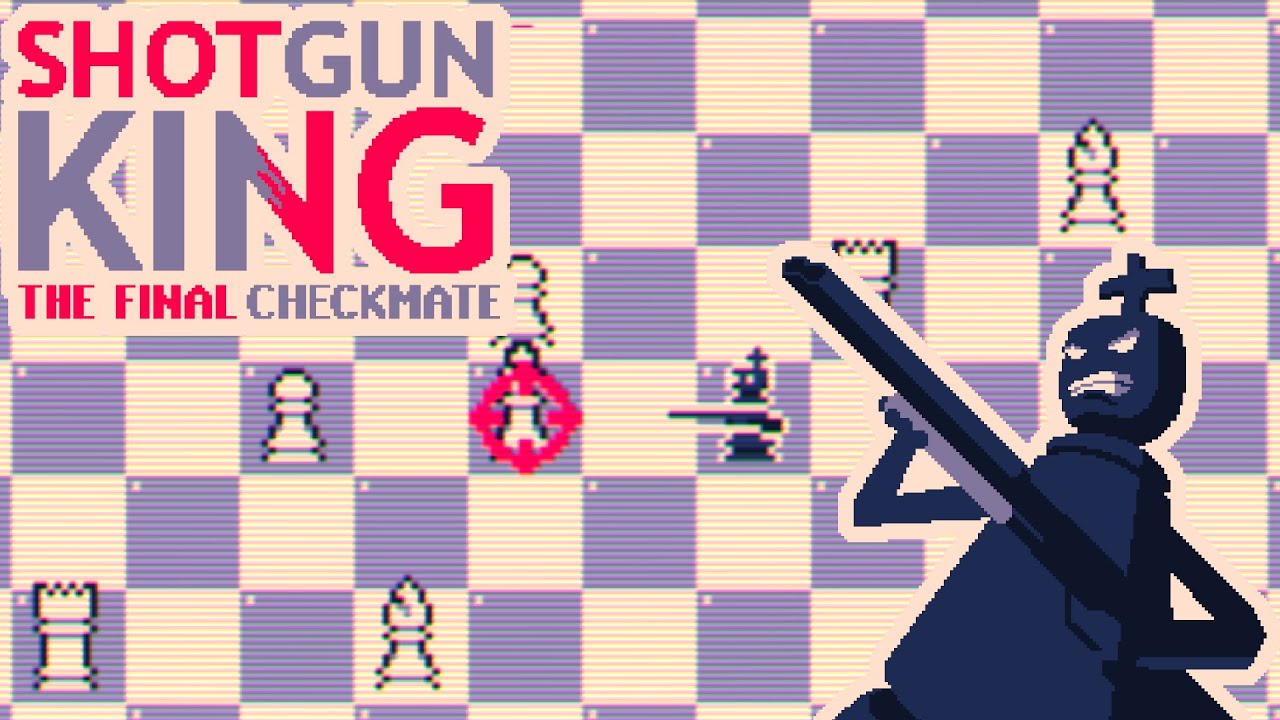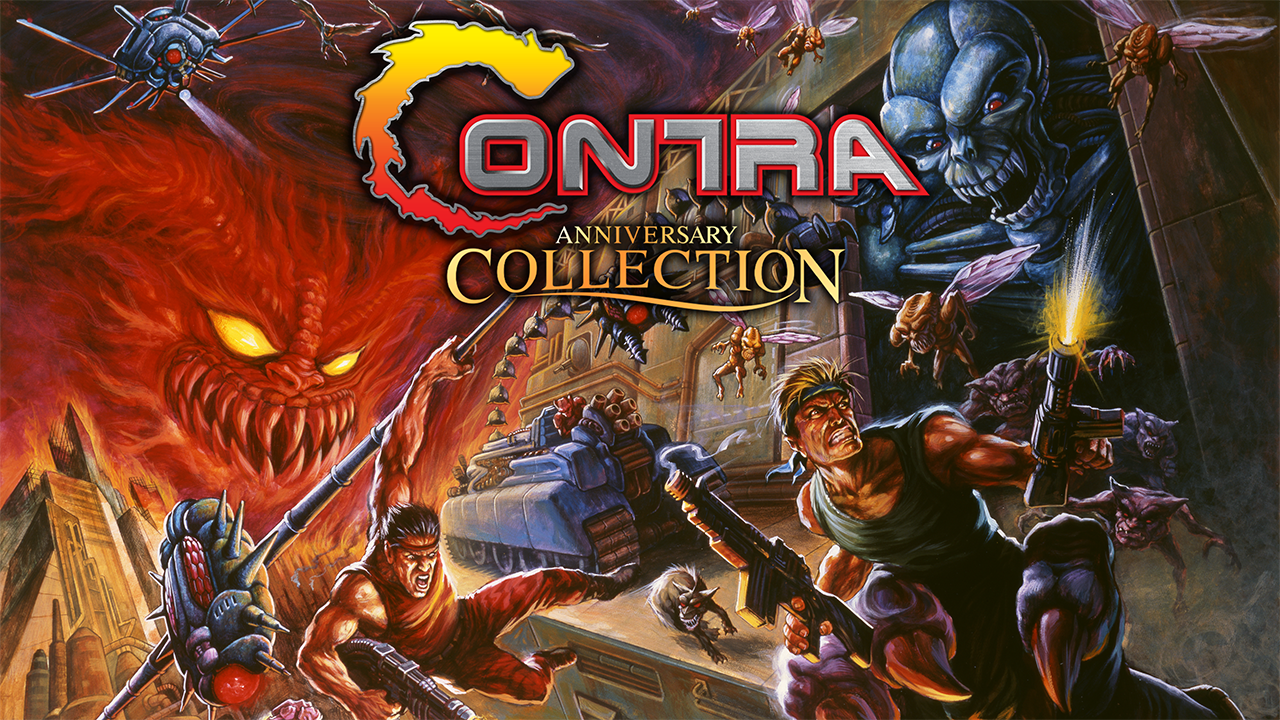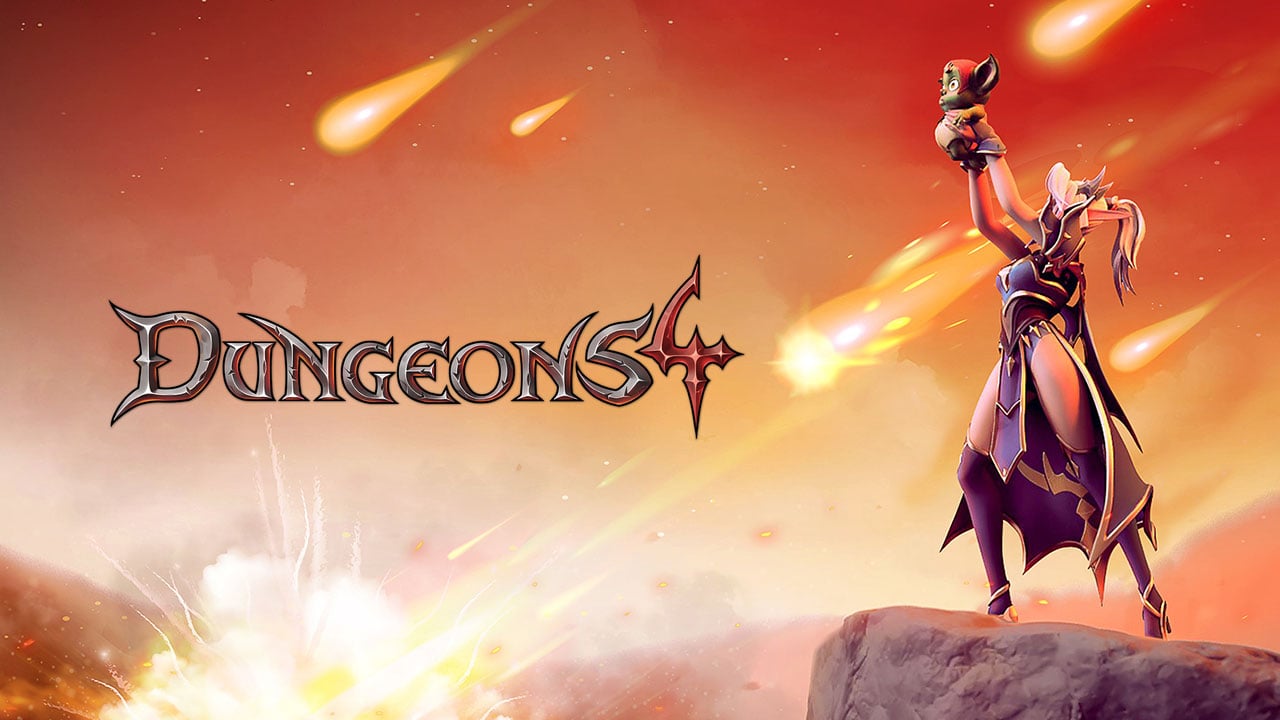Completing Rank 15 can be challenging, but as you progress through the earlier ranks, you’ll acquire essential skills and gain valuable insights from this guide to aid you in your journey.
Tactics
- Prioritize firepower: As you reach Rank 13, your gun will have a +25 spread. Consequently, focusing on cards that enhance shot distance is generally not advantageous, unless you happen to acquire cards that reduce spread as well. Since much of the game requires close-quarters combat, concentrating on increasing firepower is key.
- Replenish your ammunition and reload when it’s safe: Whenever you have a moment of safety and there are not many enemies remaining, take the opportunity to hop around and refill your ammunition. This practice will save you valuable time in real life and ensure you are adequately prepared for upcoming encounters.
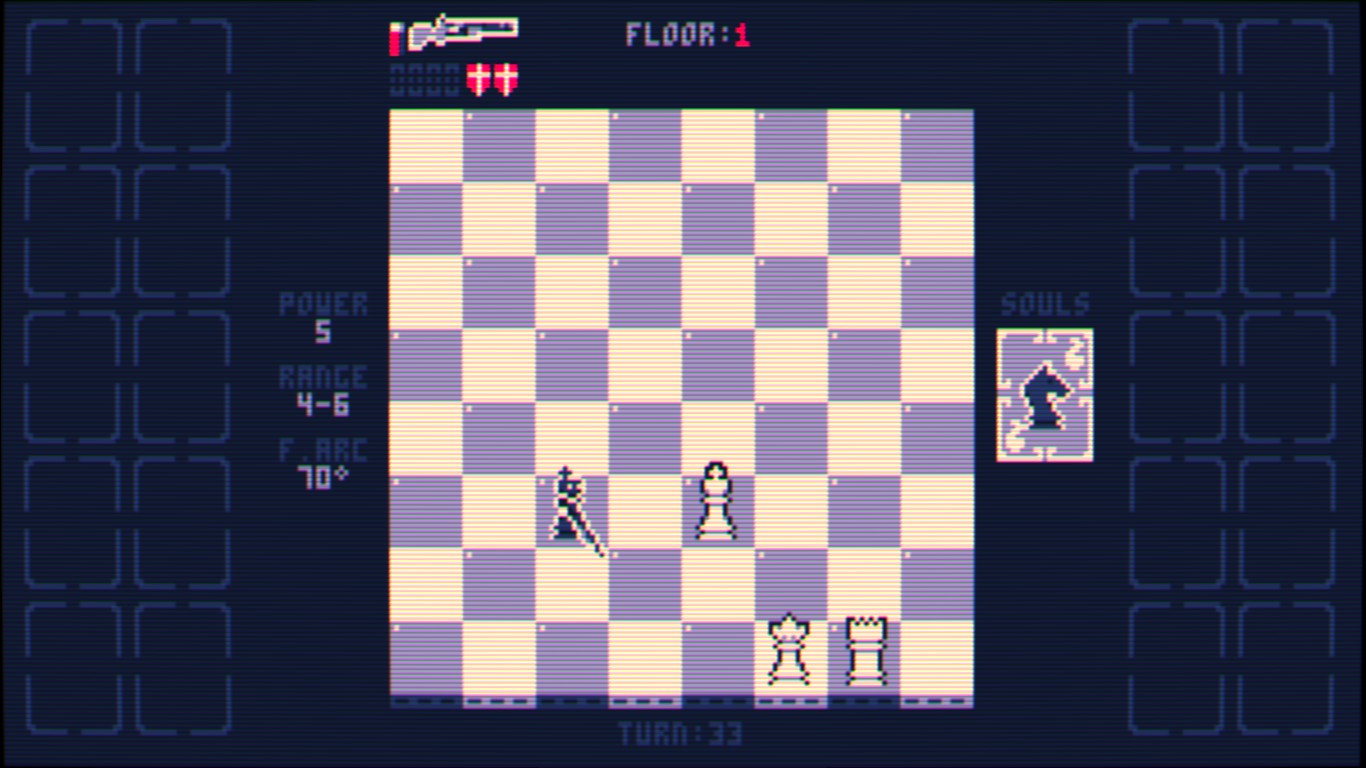
- Unlock all guns at Rank 1, then choose one gun to specialize in. It is recommended to focus on mastering a single gun rather than spreading your upgrades across multiple guns. Personally, I find Victoria to be an excellent choice due to its ability to eliminate most pieces with a single shot. It will become a crucial component of your overall strategy.
- Keep your shields activated (adjustable in the menu). While shields cannot protect you from mistakes or misclicks, they serve as a vital safeguard. Accidentally stepping next to the king on the 11th floor can be devastating. Occasionally, the shield may restrict your desired shots when you are in check, but it is still advisable to keep them active.
- Familiarize yourself with the movement patterns of the different chess pieces. In general, the enemy pieces will attempt to get as close to you as possible to put you in check. Plan your moves strategically to prevent the enemy from accomplishing this on their next turn. Knights possess unique movement capabilities as they can jump over other pieces, exerting additional pressure on you. Understanding these patterns will greatly aid your decision-making process.
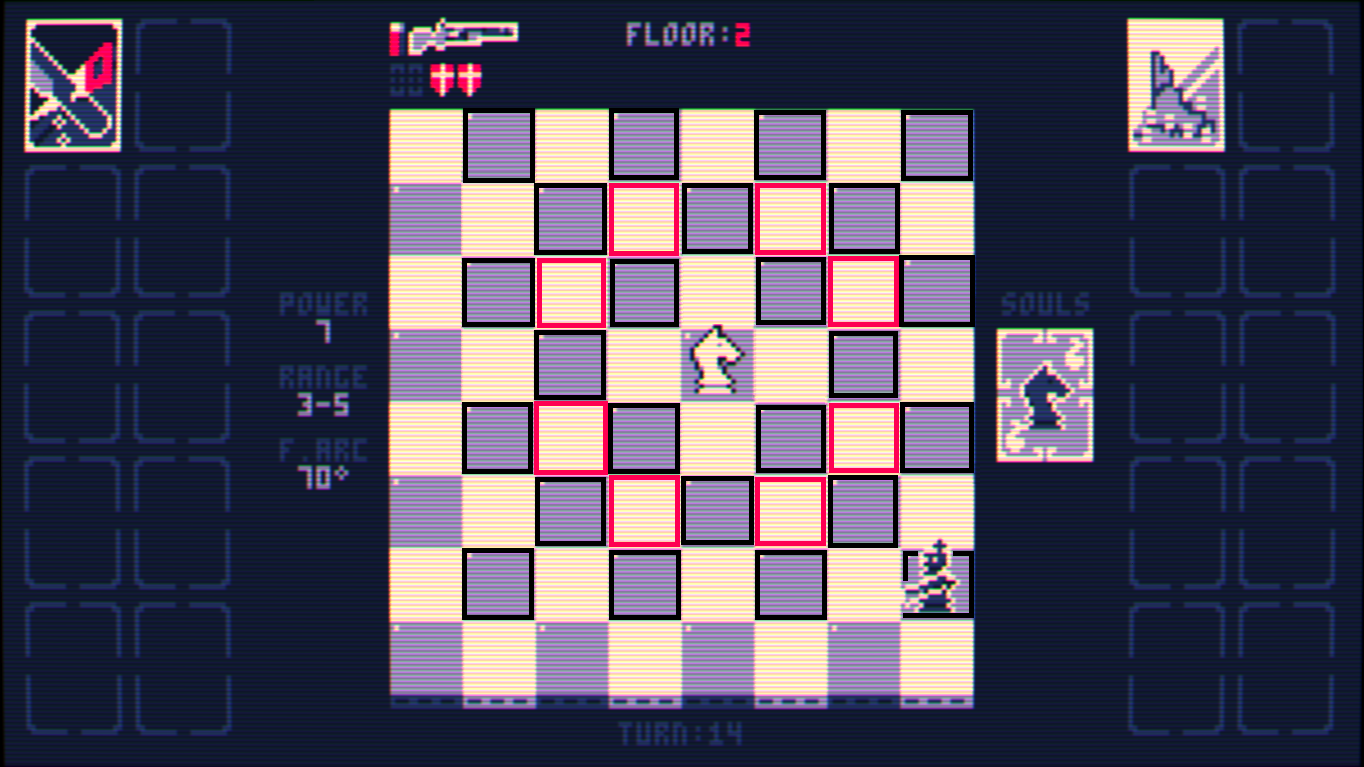
Red frames on the chessboard indicate imminent danger, highlighting squares that pose an immediate threat to your position. On the other hand, black frames indicate squares that will be checked by enemy pieces on their next turn.
Enemy pieces often collaborate and strategize against you. However, for most pieces, you can anticipate their movements quite easily once they start to wobble, allowing you to make more informed decisions.
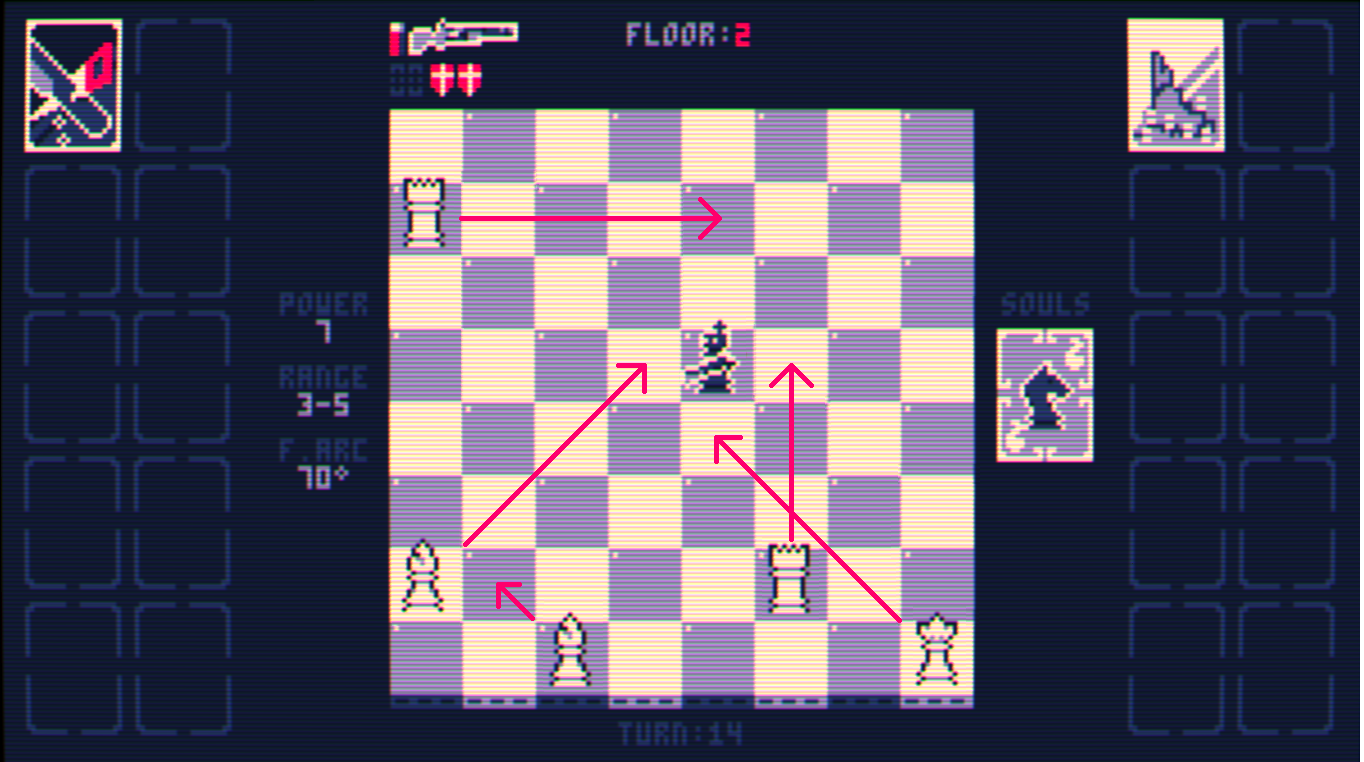
- It is crucial to prevent the accumulation of any type of enemy piece, particularly bishops. Be mindful of selecting cards that do not increase their numbers from the beginning. Bishops are particularly challenging since they can attack you from a distance throughout the entire floor. Having two bishops of each color on the board often leads to certain defeat. Whenever possible, focus on clearing one color of tiles from bishops to minimize their threat level. However, the effectiveness of this strategy may vary depending on the specific cards you possess.
- Strive to approach the enemy pieces closely while maintaining your safety. At the beginning of each floor, make diagonal moves towards the nearest side (either left or right) of the floor. This tactic helps you avoid immediate check from advancing bishops and knights, granting you additional turns to inflict damage on the enemy before engaging in direct confrontation.
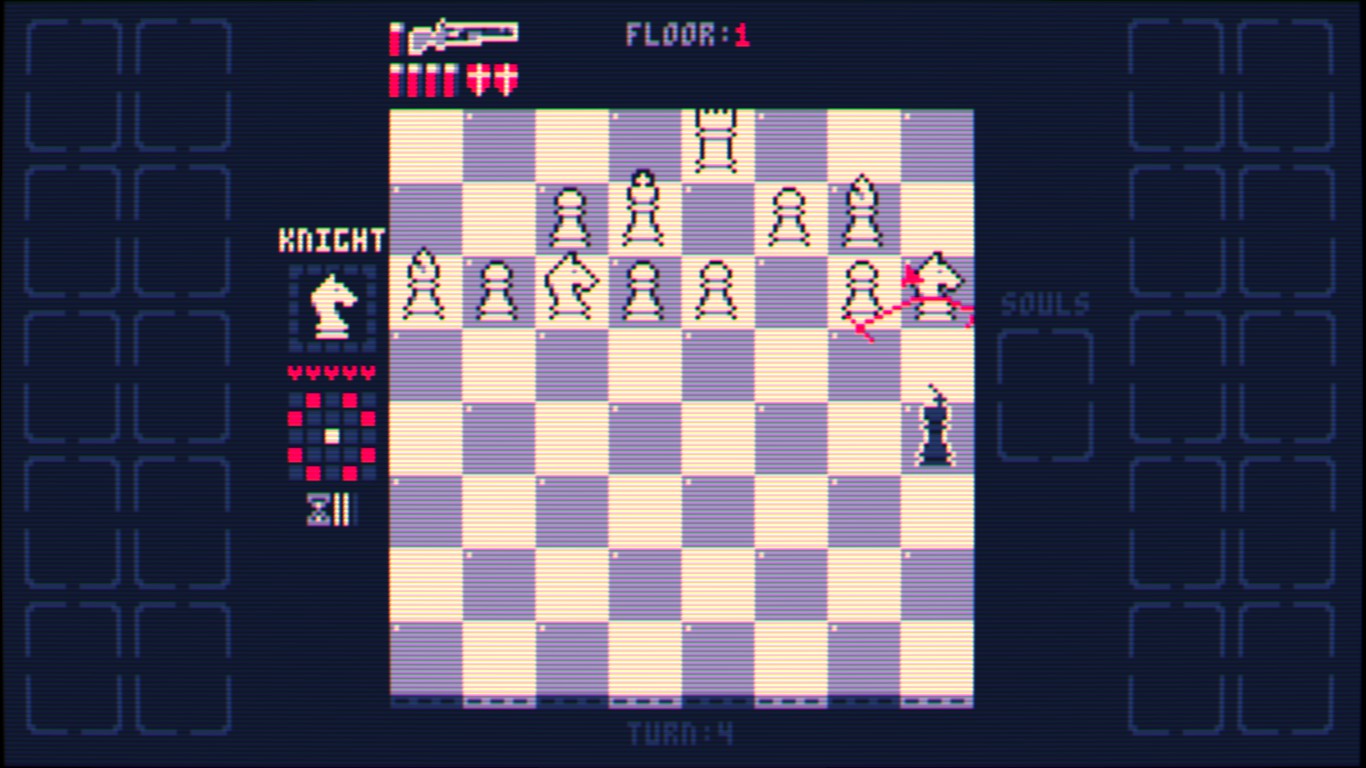
- It is important to maintain a healthy number of pawns on the board. Pawns serve as a barrier against direct attacks from rooks and queens, impede the advancement of other enemy pieces, and are relatively easy to eliminate when they approach your side of the board. Generally, you can prioritize ignoring the pawns until they cross the 5th line (considering your starting line as the 8th, as in normal chess). Having around 6-8 pawns is usually sufficient, or 8-10 pawns if you have constructed a moat.
- Focus on crippling the enemy’s ability to put you in check. Initially, target knights to minimize their checking potential. However, as the floor progresses and the number of pawns decreases, shift your attention towards neutralizing bishops. It is generally easier to avoid check from knights in an open field, whereas bishops can pose a greater threat when the board is more crowded.
- Whenever possible, prioritize targeting the enemy queen for elimination. If the queen is about to move, plan your own moves in a way that forces her to move into point-blank range. However, there are exceptions to this strategy. If eliminating the queen would result in multiple checks against you or if your firepower is insufficient, it may be wiser to adjust your approach.
- Do not rely on Richard III to consistently hit targets. This is just a humorous reminder. Even with Victoria at Rank 13, hitting targets beyond a range of 3 tiles can be challenging. Whenever possible, try to approach your target closely, but ensure that you are shooting from a safe position to avoid sudden death due to a missed shot.
- Exercise caution regarding where you shoot. Always be aware of pieces that have several other pieces blocking their line of attack. Calculate the total amount of health points between you and the target so that when you take a shot, you avoid accidentally breaking the “wall” of pieces and getting checkmated. The same caution should be applied when using grenades.
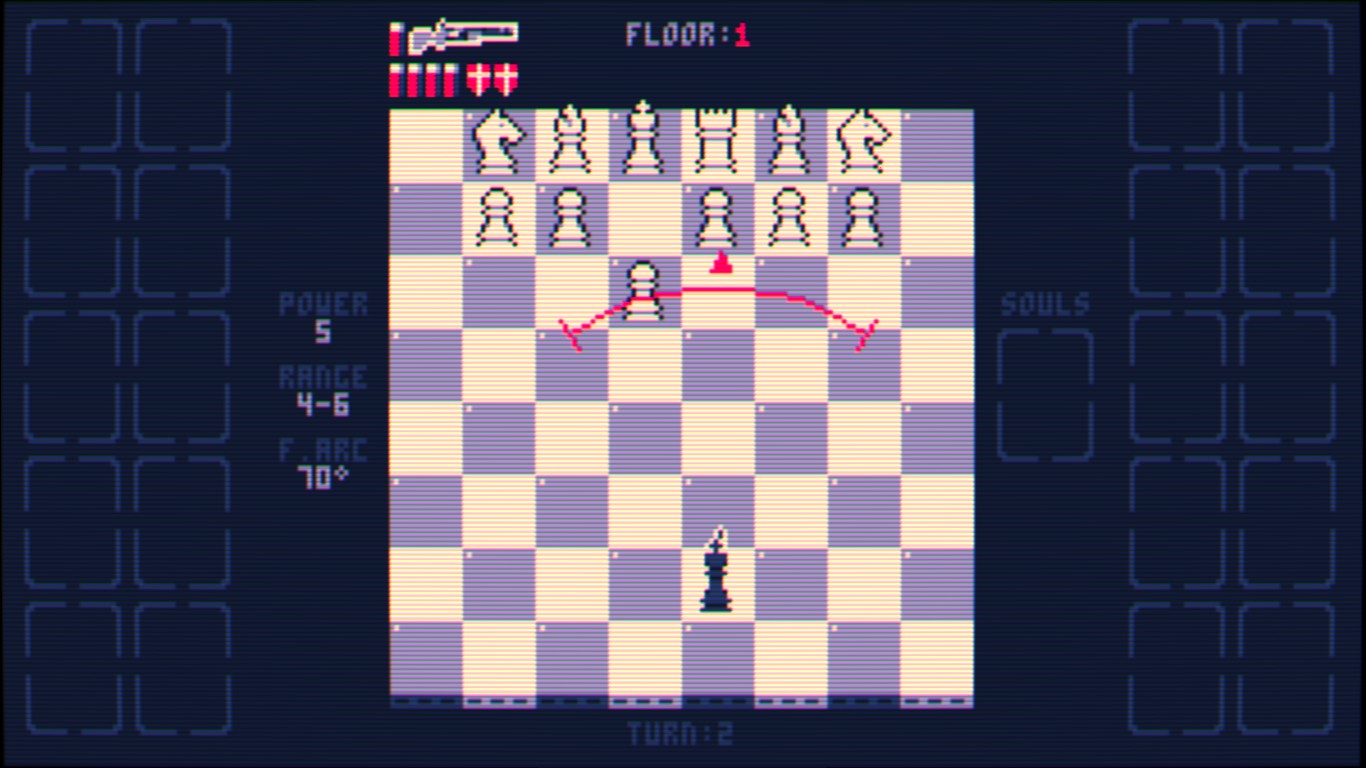
- Ensure that you aim your gun in a manner that maximizes the potential damage. When shooting a piece at point-blank range, prioritize eliminating it completely. However, even if you cannot eliminate a piece with the primary target, try to hit other pieces with the remaining pellets, particularly if it is a king or a non-oneshotable piece. This will prove advantageous as the floor progresses and strategic options become limited.
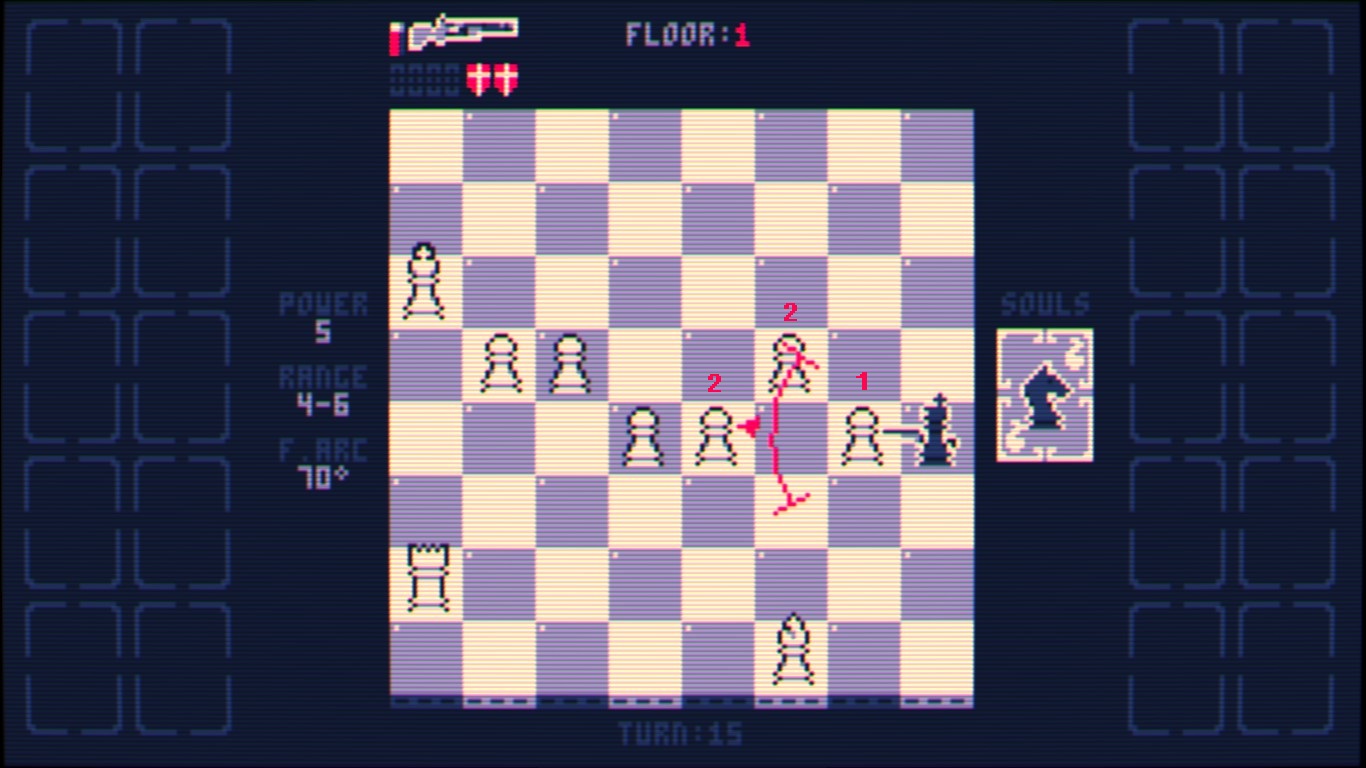
- It is crucial to prioritize targeting the most dangerous pieces on the board. The general order of priority is as follows: Queen -> Knights/Bishops -> Rooks -> King -> Pawns. However, this priority should be considered in the context of shots that will undeniably hit the intended target. For example, if you have a bishop within point-blank range and a spread of 100, it would be more sensible to focus on eliminating the bishop instead of attempting to snipe the queen. In certain situations, it may be necessary to directly target the king at close range if doing so would swiftly conclude the floor and prevent potential complications.
- Plan your moves strategically to ensure that if you become trapped or cornered, you have the option to use the soul ability to maneuver yourself out of danger. By anticipating such situations and planning ahead, you can effectively utilize the soul ability as an escape route when needed.
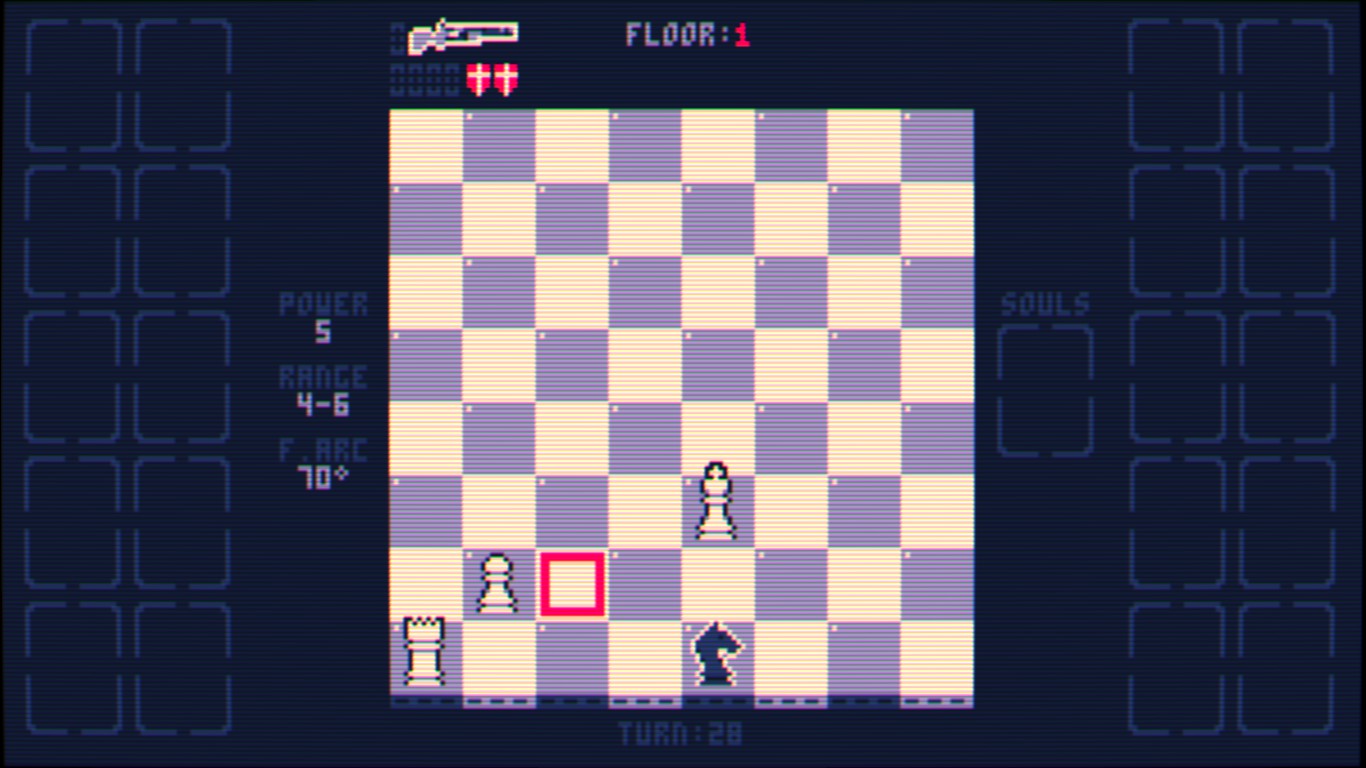
- It is crucial to maintain constant focus throughout the game. Even the presence of just two opposing pieces can potentially lead to a checkmate. Plan your shots and moves carefully to ensure that you always have the ability to target any enemy that approaches within close proximity on the following turn.
- When you reach the 12th floor, you will encounter the main boss. Interestingly, the boss can serve as a useful distraction for the white army, making the gameplay slightly easier to manage. Take advantage of this dynamic and strategize accordingly.
Strategy
Strategy involves the art of effectively managing your country and army between battles, aiming to gain the greatest advantage possible at the beginning of the next battle.
At a certain point in the game, your card choices shift from selecting the most beneficial options to minimizing the negative outcomes.
- The Moat and Deep Waters cards are highly advantageous and should only be discarded if a white card would be devastating. Avoid choosing The Bridge as a white card since it can lead to unfavorable consequences.
- Focus on maximizing your firepower by utilizing Sawed-off Justice, Blunderbuss, and Cornered Despot. High Focus, Egotic Maelstorm, and Holy Gunpowder are also valuable cards. Welcome Gift is acceptable but can only be used once per floor.
- Prioritize picking cards like Black Mist, Taunting Hop, Royal Jousting, King’s Shoulders, Majestic Censer, Possessed, and Sacred Crown. Bushido can also be useful unless it hinders your ability to eliminate opponents in a single move. These cards provide extra turns or opportunities to escape or revive. Hopping is also beneficial for reloading and getting closer to your targets.
- Presbyopia and Caltrops are excellent cards for any situation. Presbyopia allows you to get in close proximity to queens and bishops without any threats, while Caltrops reduces the speed of reinforcements and wounded pieces, giving you more time to act.
- Opt for cards that lower the enemy’s HP, especially white cards like Ruins and Undead Armies. They work well in combination with Ravenous Rats and Black Plague, causing a chain reaction of enemy eliminations. Knightmares are generally an exception, but they can be advantageous in certain cases. Golden Aging is also effective as it limits the queen’s movement as the floor progresses.
- Subtle Poison is a powerful card that affects each queen from reinforcements and promotions. Since each queen has her own 15-turn timer, this card can be incredibly potent.
- Cards like Extra Barrel, Ermine Belt (+3 shells), and Kingdom’s Wealth (+6 shells +2 king HP) are all beneficial choices.
- Both the Wand of Downpour and Wand of Wrath can be useful for escaping difficult situations. Only use the wand charges when you are cornered. The Wand of Downpour can also be combined with the Castle to force the rook to move away. The Wand of Gust, Wand of Hypnosis, and Wand of Wings provide excellent sustain, with Wand of Wings allowing you to pass through enemies. The Wand of Frenzy is effective, but avoid using it if your ammo pouch is small.
- Sniping is generally not recommended, but if you have the Engraved Scope (sniper) along with Crow’s Blessing/Elite Gem and high damage, you can take a precise shot at the king from any point on the field.
- The Ritual Dagger is a useful card, but it becomes more profitable when combined with Nightblade. If you have both of them along with Bushido and Taunting Hop, you can become an exceptionally lethal ninja.
- Kingly Alms (grenades) are interesting but can sometimes backfire. They can be upgraded with Philanthropy, which grants you a free throw (not a free grenade) once per turn.
- Cards like Undercover Mission, Imperial Shot Put, and Unholy Call are situational and typically don’t significantly impact floor progress. However, Undercover Mission can be useful in the final turns, allowing you to cancel the Homecoming card (+1 queen) and send the queen flying. Imperial Shot Put can be fun at lower ranks, but it’s generally not advisable to pick it at higher ranks.
- Royal Jester is a strong white card because it can be upgraded with the black card Fool Companion. Killing the jester grants you an extra turn and hampers the white king’s movement.
- August Presence and Unfaithful Steed can be situationally useful, but I rarely utilize them.
- Bloodless Coup, Unjust Decree, and Church Organ are mostly ineffective cards. Eventually, you will have to eliminate pawns, making Bloodless Coup irrelevant. Since you only have one barrel, it’s best to use Unjust Decree from the beginning. Church Organ is actually a useful card on its own, but it requires the white card Cathedral, which is highly disadvantageous.
- Generally, reinforcement cards are not as detrimental as they may appear, unless combined with Conscription (pawn spawns). If you manage to clear most of the board before 22 turns, it won’t pose much of a problem.
- I haven’t mastered the effective use of Royal Slippers (also, shots always miss), so I recommend avoiding this card unless you are proficient with it. There are usually better alternatives.
- Karma is a particularly unfavorable white card in my opinion, and it should be avoided unless the alternative is even worse.
- Steer clear of cards that increase the enemy’s HP and bring reinforcements periodically. They may overwhelm you with an onslaught of powerful and invincible enemies.
- Cathedral is an extremely disadvantageous card since it effectively turns all the rooks and surrounding pieces into tanks.
- Ascension is one of the worst cards as it transforms bishops into formidable flying terminators. It’s best to avoid it.
- Analysis Paralysis and Guillotine are both terrible cards. The former leaves you completely vulnerable during the critical early turns, while the latter forces you to eliminate all the pieces. Avoid both of these cards.
- Iron Maiden is not recommended since the number of queens will increase, and your ability to eliminate them will not be enhanced.
